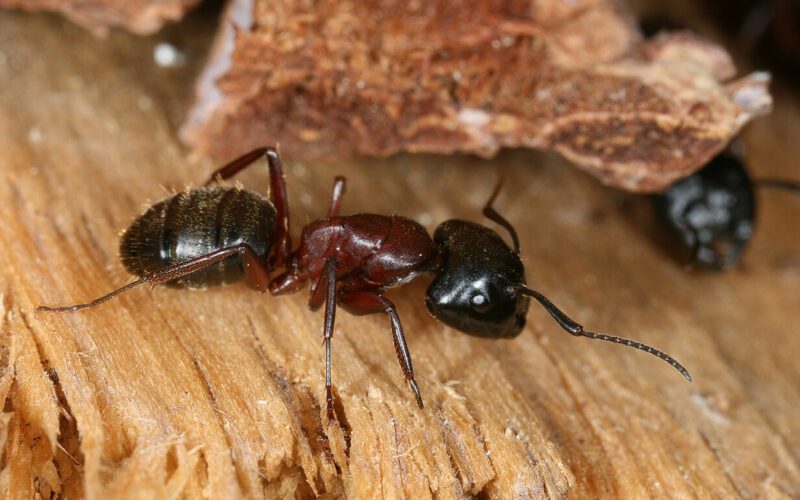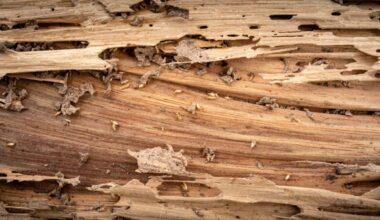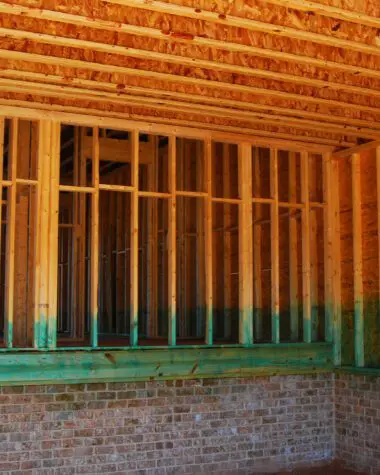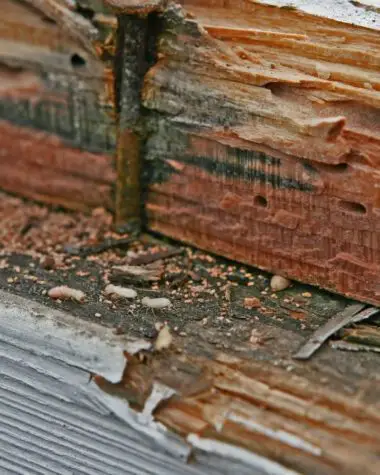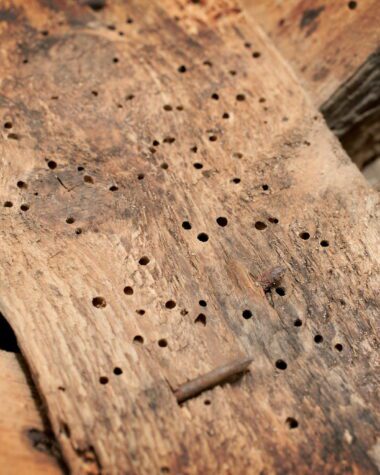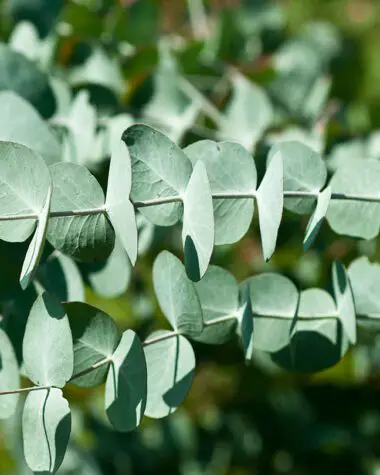Most wood-destroying insects consume wood for food or infest wood when building their nest. They create tunnels, exit holes, and shelters in the exterior and interior of wood, where they can reproduce and reinfest your wood over again.
These pests threaten structures, causing severe wood decomposition and irreparable damage. In fact, termites alone cost billions of dollars annually for wood-infested damage and repair in the US.
Suppose you are looking for a solution against these pests. In that case, you can use commercial and natural remedies or choose special wood types with insect-resistant properties, like redwood and cedar wood.
But remember, you can easily get rid of these critters by identifying their type, understanding the causes, and choosing the most effective solution for a certain wood pest. Here’s a detailed guide when dealing with these wood-destroying insects.
Most Common Types of Wood-destroying Insects
Wood-destroying insects are normally easier to identify with an actual specimen or dead critters that you can find near an infested wood. You can also tell its type by examining the size and shape of the exit holes they created in the wood.
Additionally, some insects leave frass or fecal matter that looks like sawdust. They can be in whitish-yellow powdery form. This can also be used as a good identifier of wood-destroying insects.
Here are the most common types of wood-destroying pests.
Termites
Termites are winged wood-destroying insects that live inside the wood, where they create a series of tunnels by chewing through it. On the surface, your wood may look fine, but it actually crumbles on the inside. These are two common types of termites:
- Subterranean termites are underground critters that require moisture for survival. They usually attack wood closest to the soil, like foundation posts, fences, and other structural lumbers. They can also be found in damp basement floorings.
- On the other hand, drywood termites consume dry wood in posts, lumbers, and structures. They do not nest underground, and they invade your property from above.
Related: Help Is Here: Why Termites Eat Wood And How To Stop It
Carpenter Ants
Carpenter ants do not consume wood but burrow into it and build their nests, which creates damaging holes in the wood. These pests usually attack rotting woods that serve as perfect entry points. You may often find them in basements, near decaying wood in window sills, or leaky pipes. The signs of carpenter ants are piles of wood shaving that appear near a possible infested wood.
Related: Do Ants Eat Wood?
Powderpost Beetles
Powderpost beetles are brown critters with elongated bodies that measure around 1/8 to 3/4 inches. These pests lay their eggs on top or below the surface of the wood. Once hatched, these eggs become larvae that eat and destroy the wood. They also create tunnels by chewing through the wood.
They attack both hard and softwoods, but some species choose a specific wood type. Like their namesake, the signs of these beetles are the powder, accompanied by small round holes found in an infested wood.
Wood Borers
Wood borers are a group of insects that infest and consume wood. They create holes in wood without structurally damaging it. They are often found in firewood, log homes, or structural wood.
The early signs of infestation show larvae in creamy-white color and curved shape. While the emerging adult wood borers are usually visible below the infested wood, so they are easier to spot and eliminate.
Read: How To Get Rid of Wood Borers
Woodworm
Woodworms are insects that most commonly attack during colder and humid climates. They infest a wood until it weakens and eventually decomposes. These pests only disrupt the wood’s inner layer without damaging the outer part, so it could be a little harder to spot an infestation for a long period of time.
The only sign of woodworm is once they grow into adults. By then, they will be easier to notice by spotting certain insect parts like wings and legs or dead insects around the area. You can also spot some powdery frass near damaged floorboards and wooden structures.
Read: Woodworm Infestation and Treatment Products: Everything You Need to Know
Longhorn beetles
In contrast to woodworm, longhorn beetles thrive in warmer climates. This is the perfect time for them to attack attics and roofs, causing severe damage that lasts more than a decade. The signs of infestation are exit holes and coarse powder near the infested wood.
Sawflies
Sawflies are the worst enemies of your fresh woods, such as fir, pine, spruce, and larch. Their damage may look like a minor infestation at first, but after several years, the infestation will worsen. The signs of their larvae may appear whitish with a waxy coating.
Causes of Wood Insect Infestation
Infestation in homes is caused mainly by using raw wood materials that already contain the eggs or larvae of wood-destroying insects. They are often unnoticeable since most critters burrow their eggs in the interior of woods through tunnels or between tiny cracks. By some unlucky chance, you may use an infested wood without actually noticing it.
Some factors also trigger wood insect infestations. In fact, any pests can invade your area as long as they have access, such as holes, entry points, and other confined spaces. Also, avoid leaky pipes, broken drainage, and poor airflow that create moisture and damp environments, which lure more pests.
Other elements that attract insects include food, water, moisture, and humidity. If pests find your property a suitable environment with good resources vital for their survival, they may invade your area.
Prevention and Treatment For Wood Insect Infestation
It may seem harder to spot signs of wood-destroying insects in an infested wood. The eggs or larvae are usually hidden in interior tunnels and cracks, and the sizes of exit holes usually measure only around 6 to 10 mm in diameter.
The best way to prevent a possible infestation of wood insects on your property is to make sure you use treated wood materials. By doing so, you can avoid spreading more eggs and larvae that will later grow into adult pests.
If by any chance, a wood gets infested, you must take immediate action. First, you can use commercial and natural pesticides to treat your infested wood. These products are proven effective in killing adults and even the last eggs or larvae of these pests.
If your firewoods show signs of insect infestation, you must store them away from your wooden structures and furniture. Also, if trees surround your area, be sure you properly dispose of falling dry leaves and branches that can lure pests.
For badly infested wood pieces, the quick solution is to remove and replace them. After cleaning and treating an insect infestation, you must organize or discard any clutters. Lastly, you must ensure proper storage sanitation and the area where you would want to place your wood projects.
Conclusion
The deterioration of wood structures caused by wood-destroying insects is a worldwide concern. They can start infesting a wood without showing signs until the damage grows worse over the years. Once damaged and infested, these materials can cause serious problems to your woodwork and other structures.
Damaged wood can also create opportunities for other wood pests to become a problem, like wood-decaying fungi. Luckily, there are proven effective commercial and natural remedies that can help solve your problems.
There are also detailed guides and tips about understanding the entirety of wood infestation, including its causes, treatment, and even wood restoration! If you are looking for an easy-to-follow DIY guide about reclaimed wood projects, here’s a good read for you.
